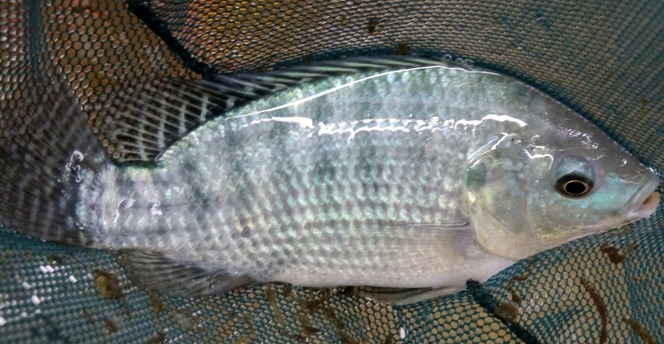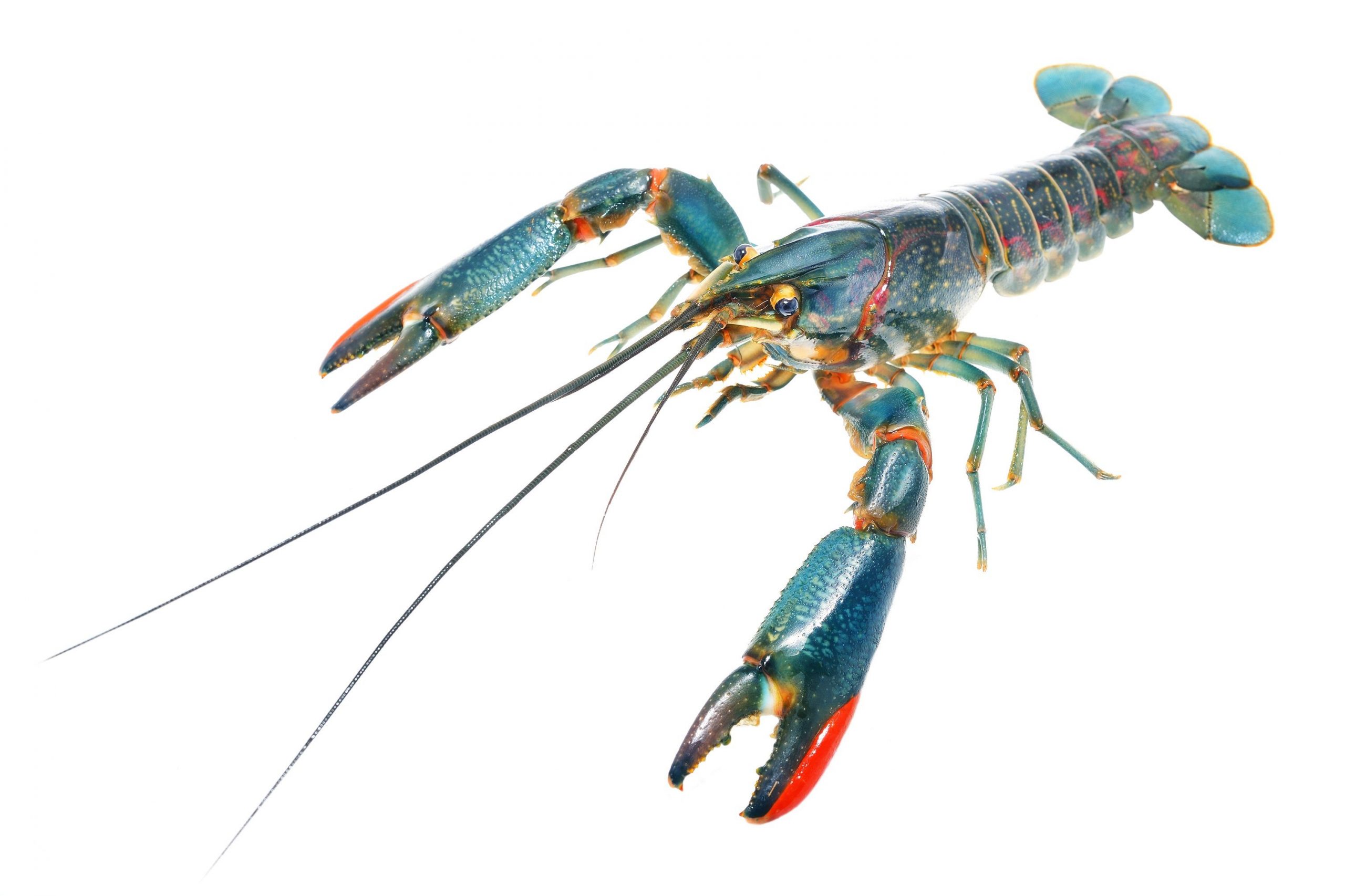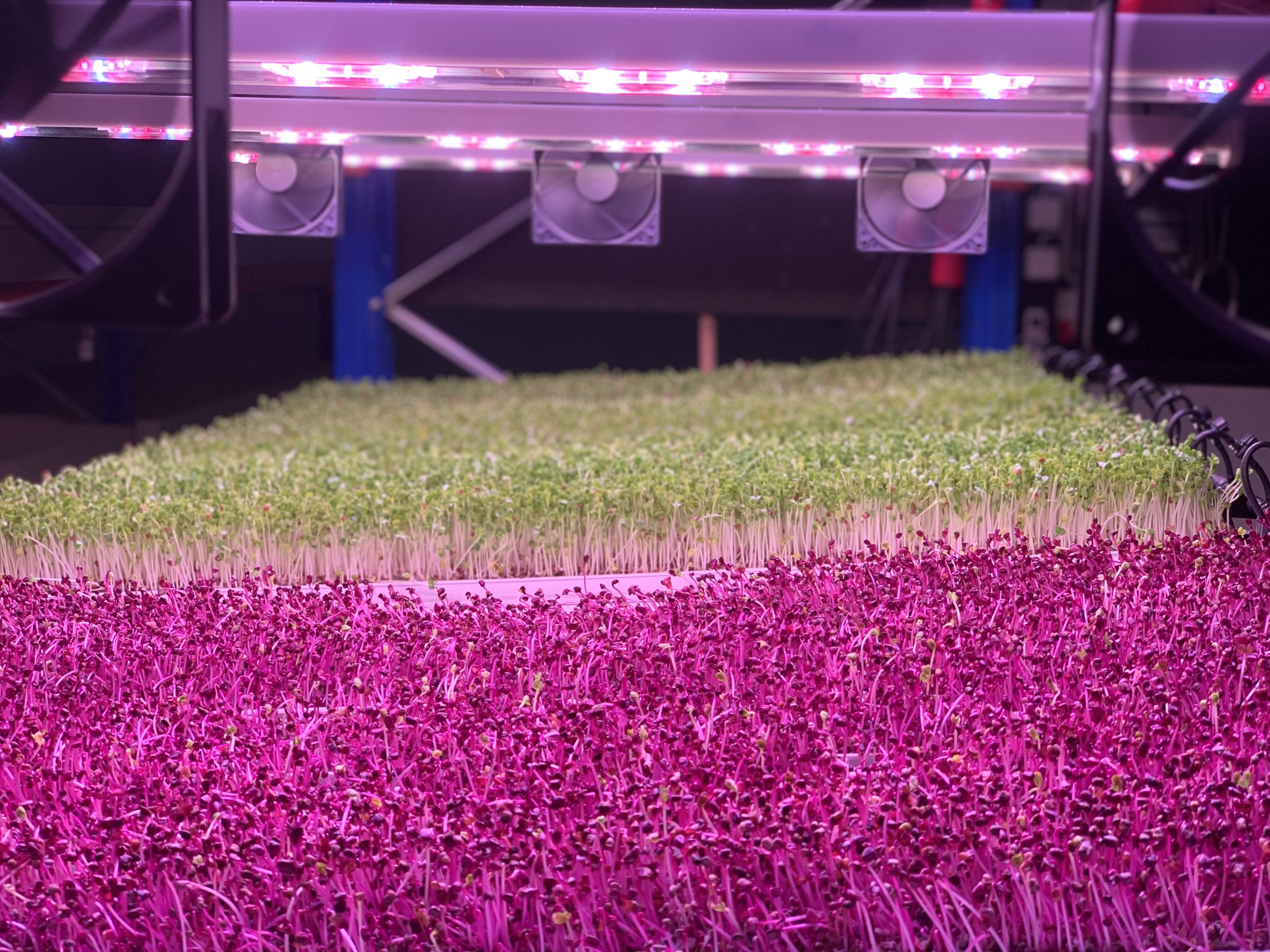The culture of Nile tilapia (Oreochromis niloticus) can be traced to ancient Egyptian times as depicted on bas-relief from an Egyptian tomb dating back over 4000 years, which showed the fish held in ornamental ponds. While significant worldwide distribution of tilapias, primarily Oreochromis mossambicus, occurred during the 1940s and 1950s, distribution of the more desirable Nile tilapia occurred during the 1960s up to the 1980s. Nile tilapia from Japan were introduced to Thailand in 1965, and from Thailand they were sent to the Philippines. Nile tilapia from Cote d’Ivoire were introduced to Brazil in 1971, and from Brazil they were sent to the United States in 1974. In 1978, Nile tilapia was introduced to China, which leads the world in tilapia production and consistently produced more than half of the global production in every year from 1992 to 2003. The uncontrolled breeding of tilapia in ponds, which led to excessive recruitment, stunting and a low percentage of marketable-sized fish, dampened the initial enthusiasm for tilapia as a food fish. The development of hormonal sex-reversal techniques in the 1970s represented a major breakthrough that allowed male monosex populations to be raised to uniform, marketable sizes. In addition, research on nutrition and culture systems, along with market development and processing advances, led to rapid expansion of the industry since the mid 1980s. Several species of tilapia are cultured commercially, but Nile tilapia is the predominant cultured species worldwide.
Tilapia





